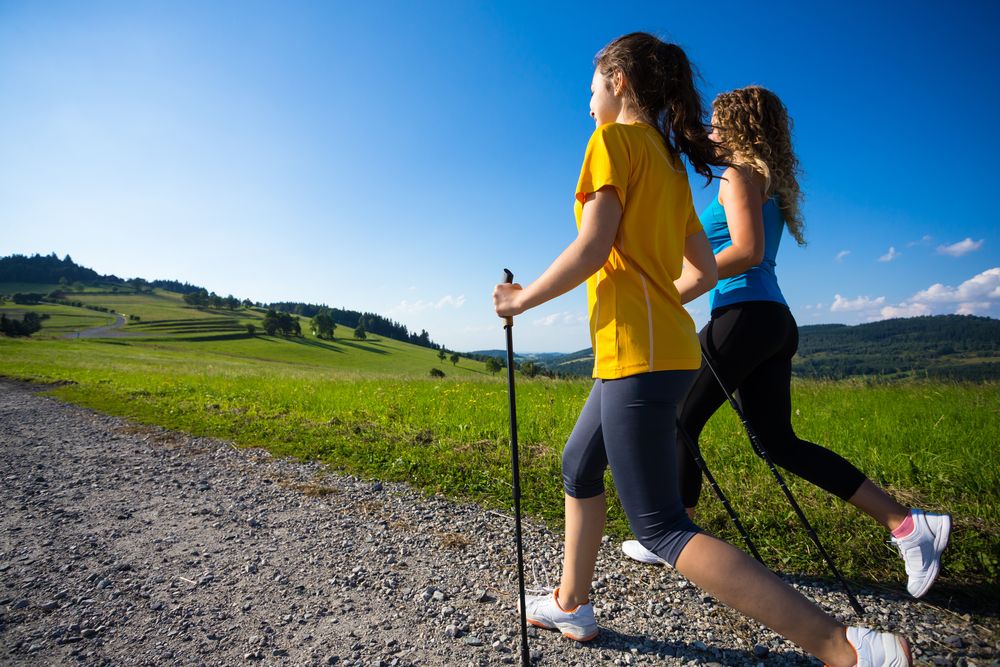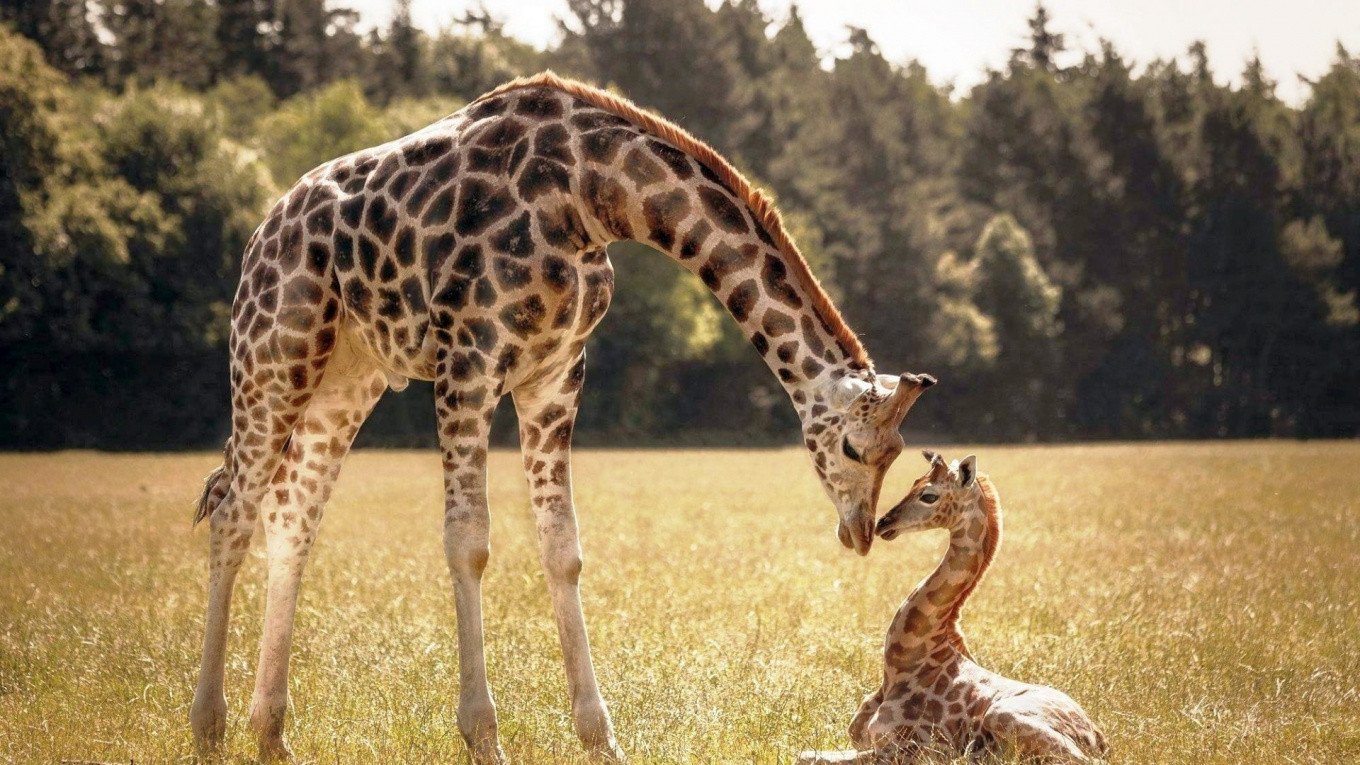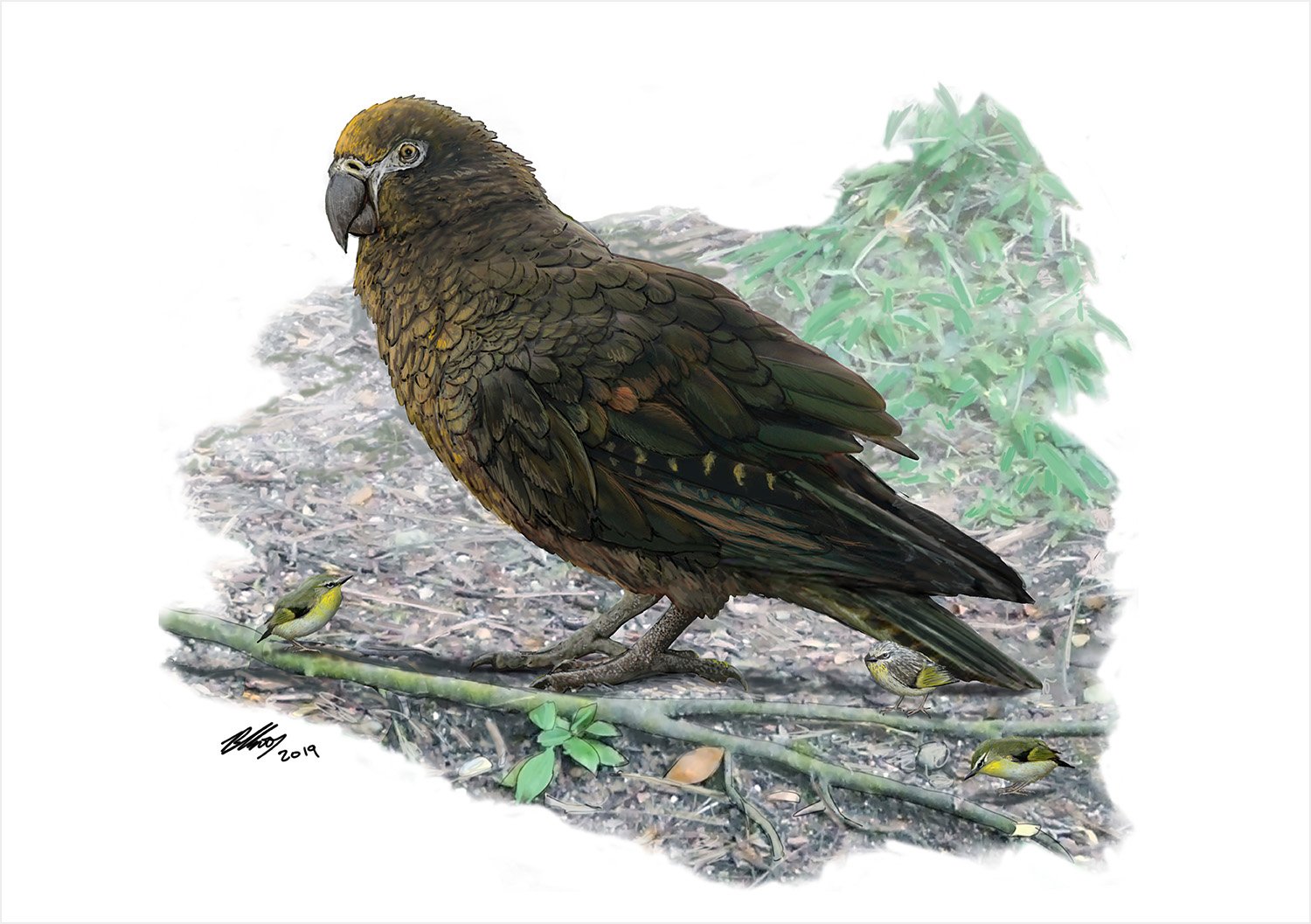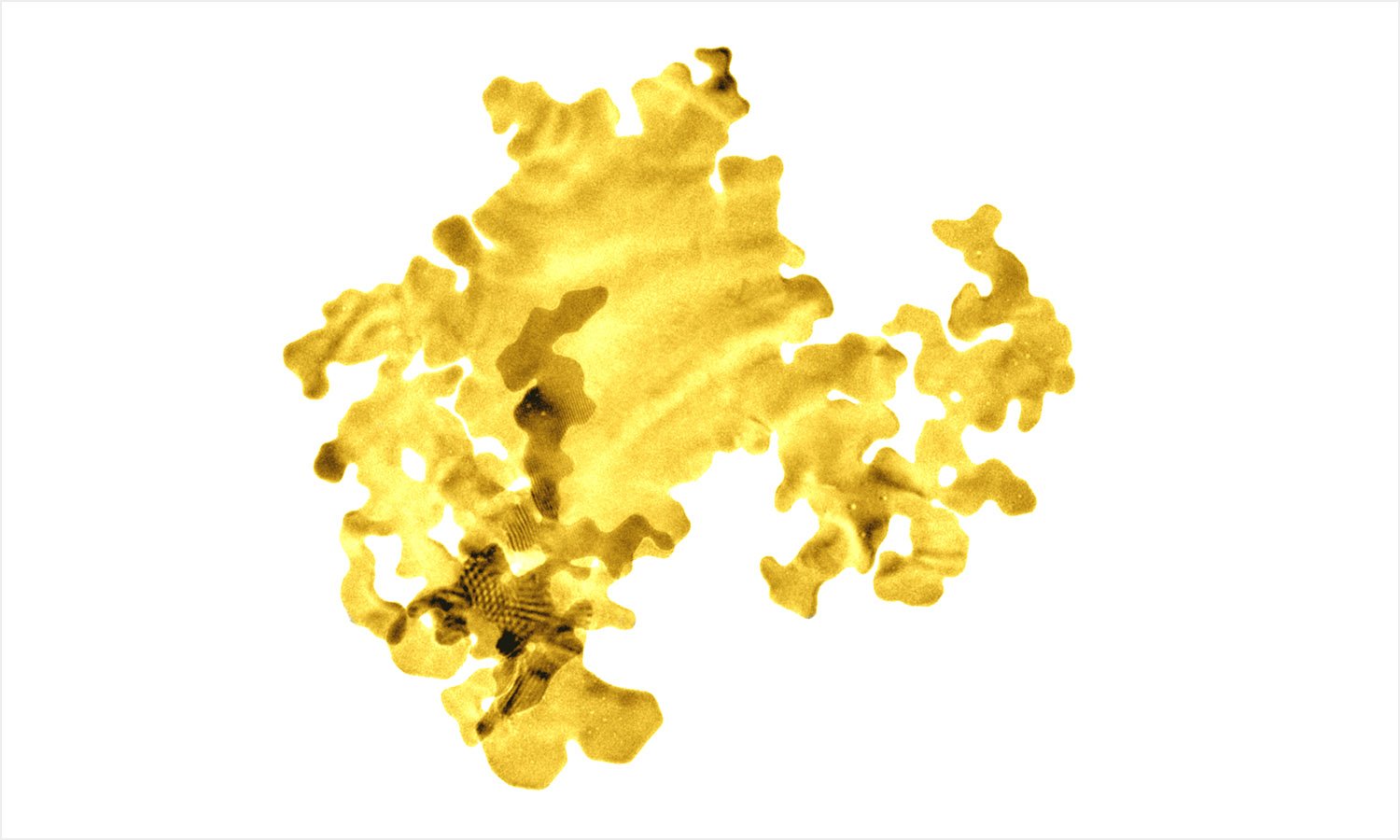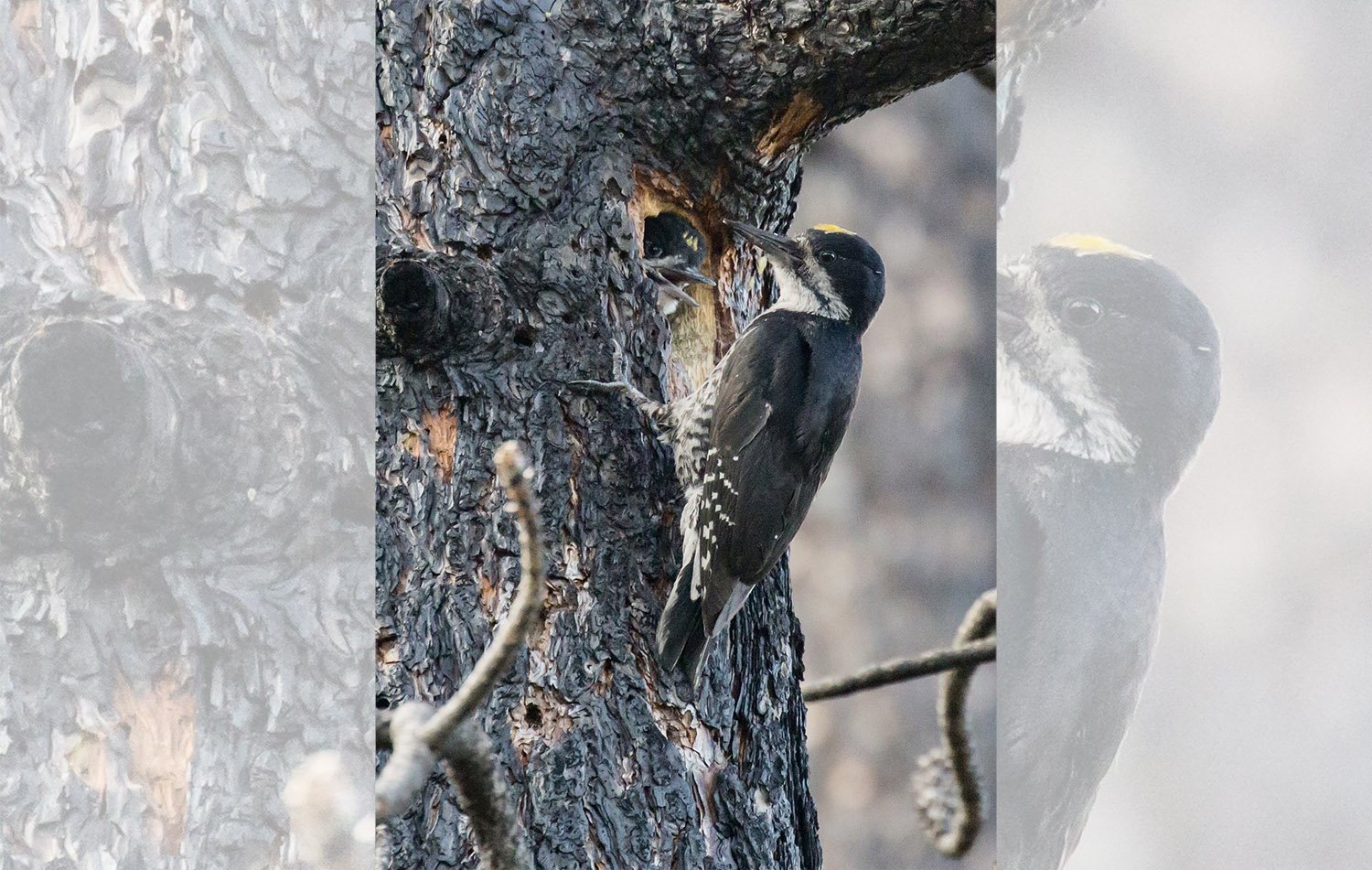How much energy storage costs must fall to reach renewable energy’s full potential
The cost of energy storage will be critical in determining how much renewable energy can contribute to the decarbonization of electricity. But how far must energy storage costs fall? In a study published August 7 in the journal Joule, MIT researchers answer this question. They quantify cost targets for storage technologies to enable solar and wind … Read more


